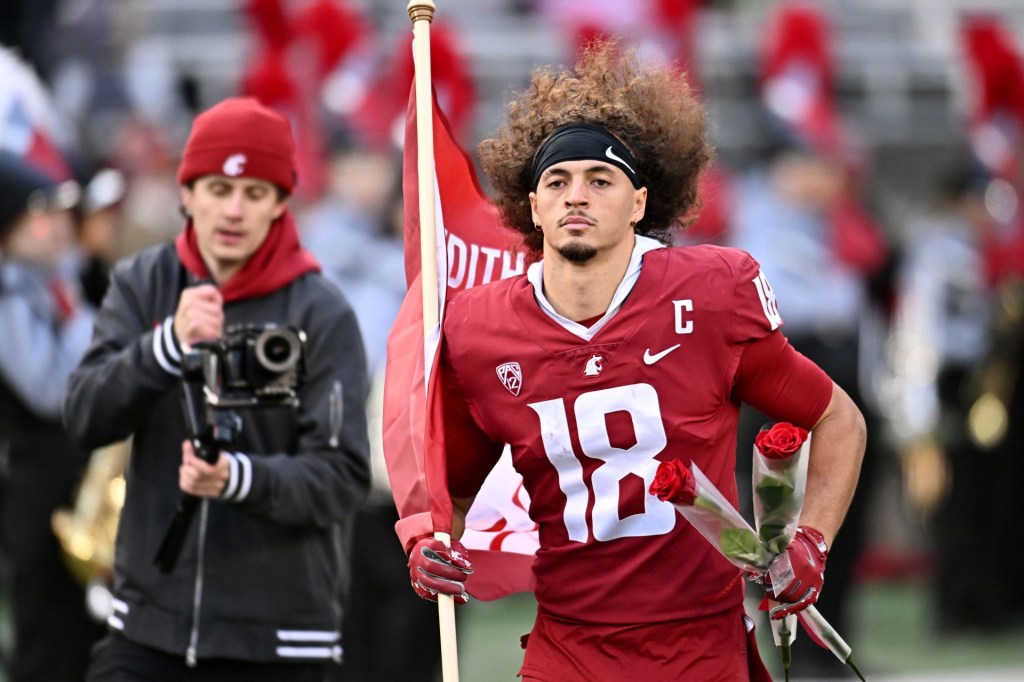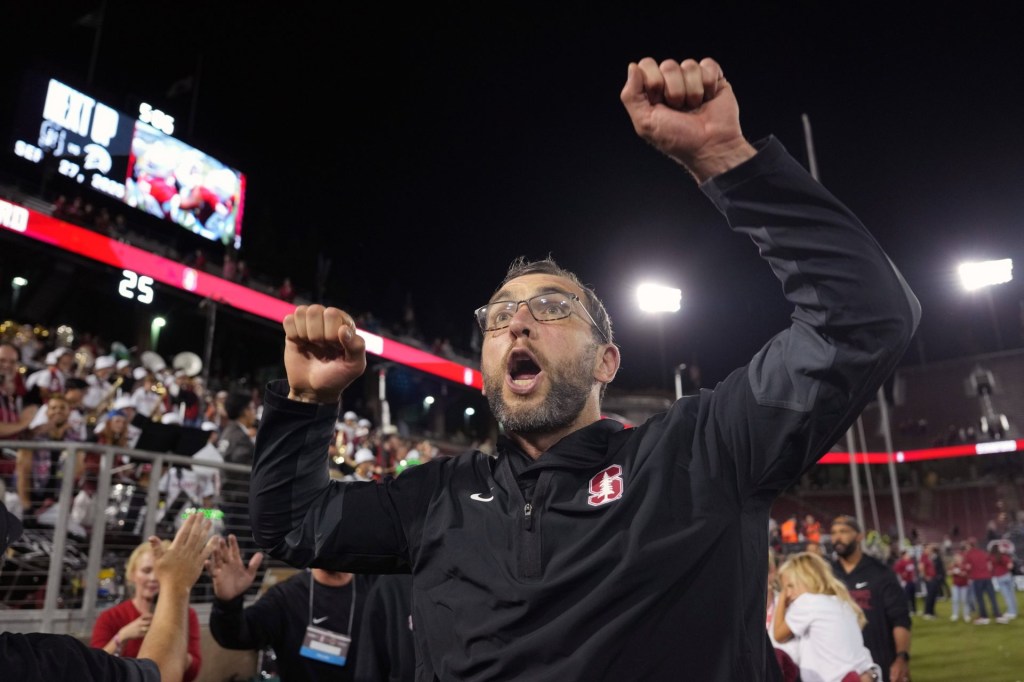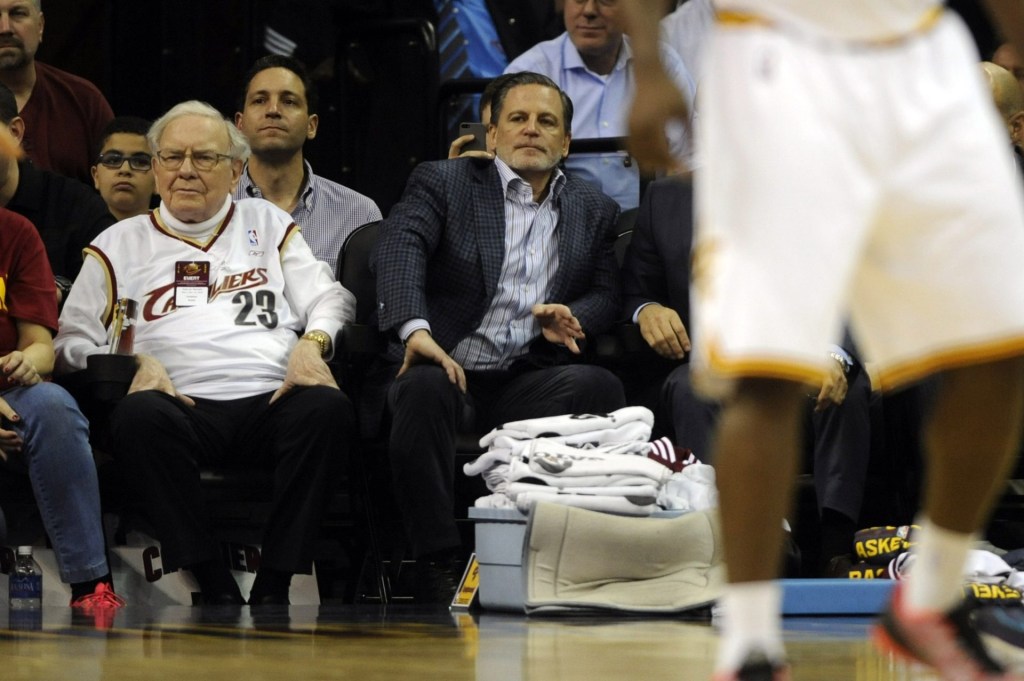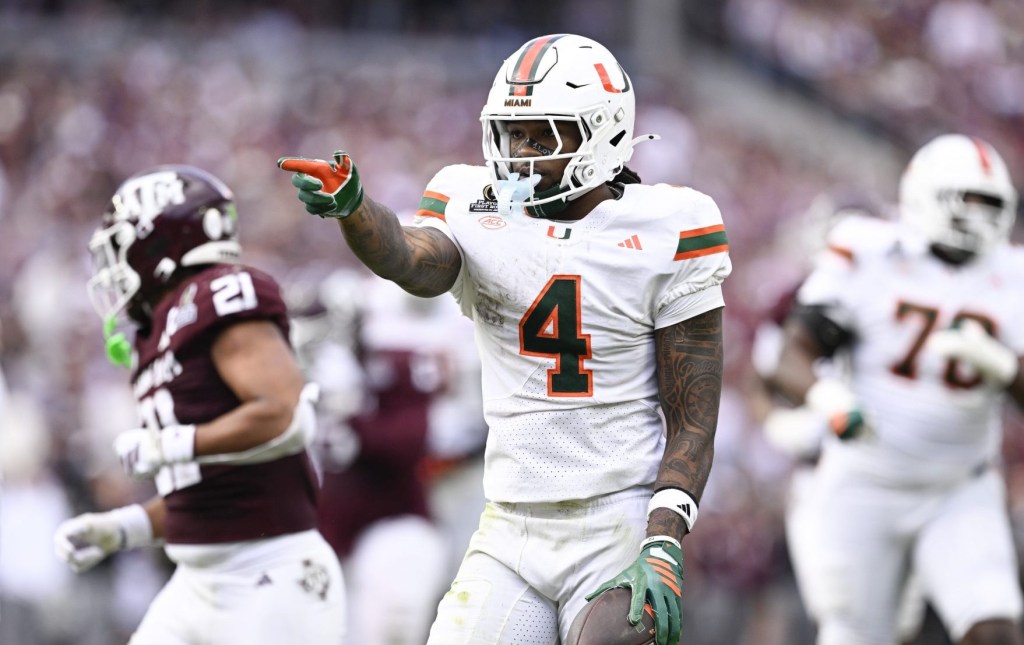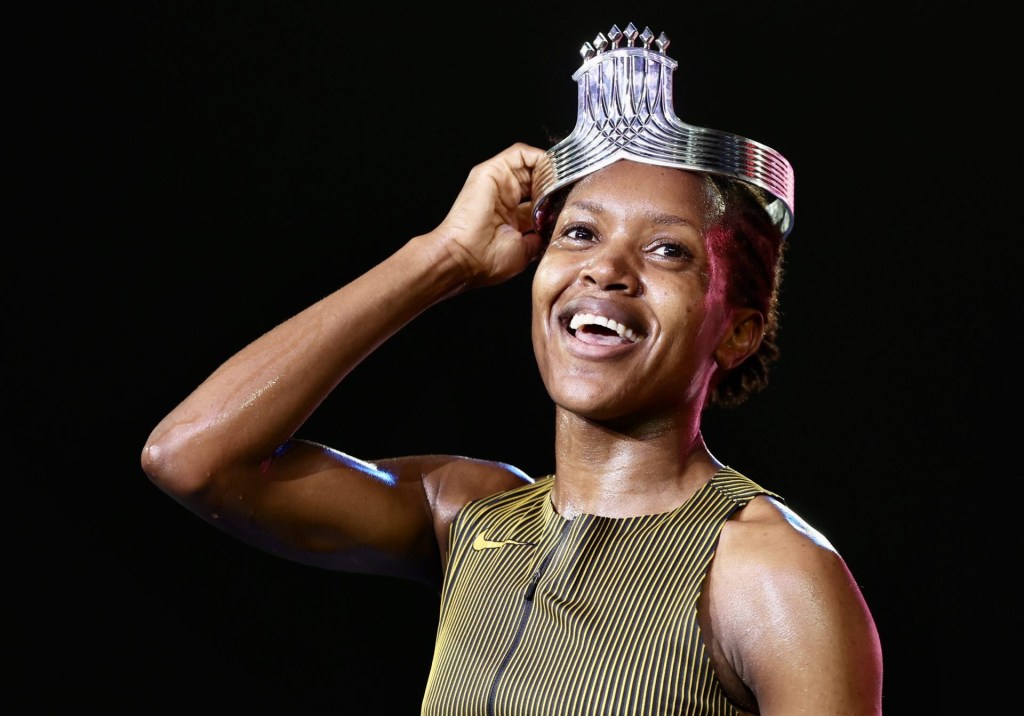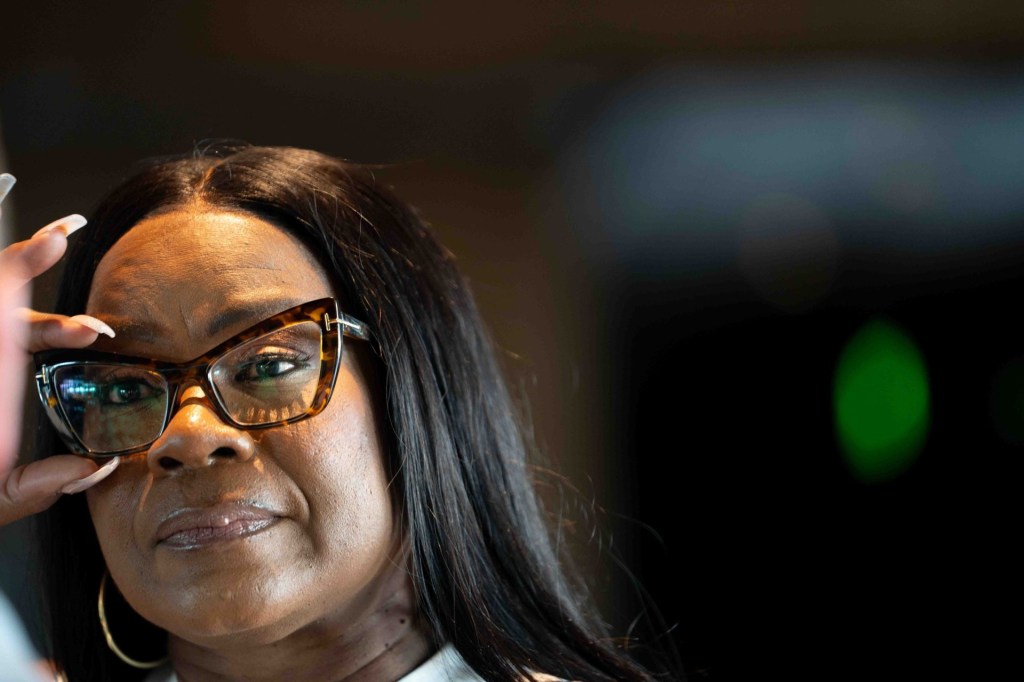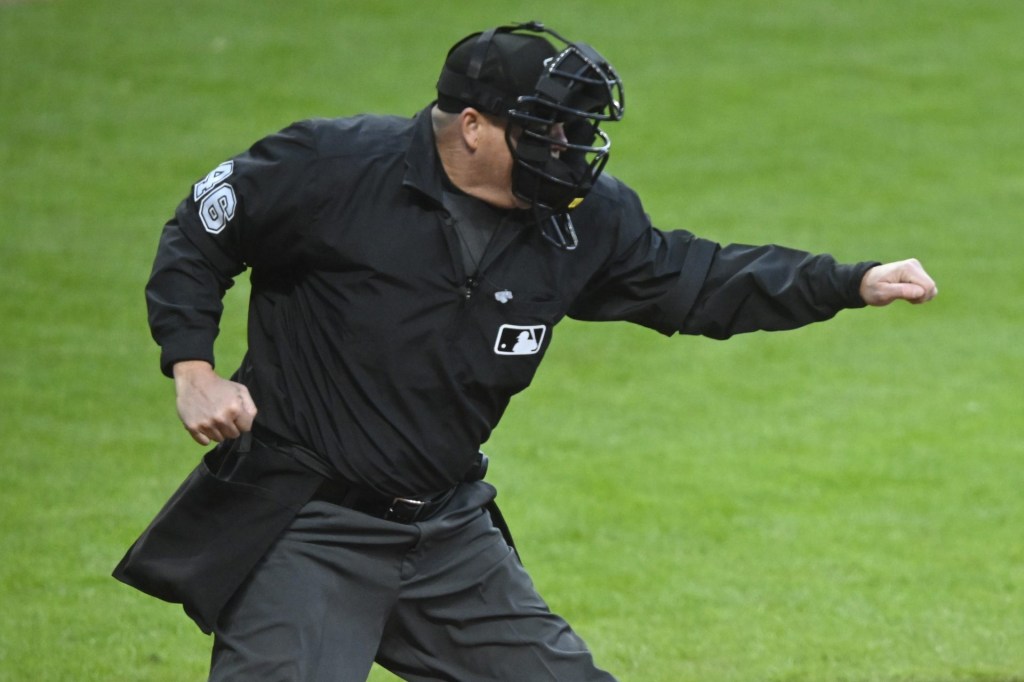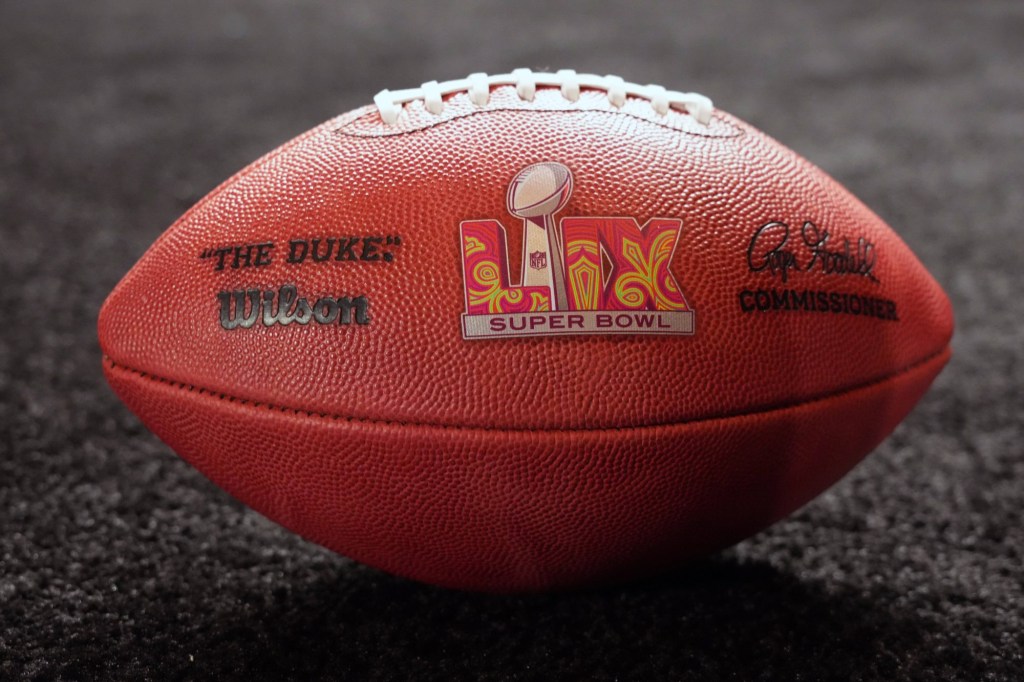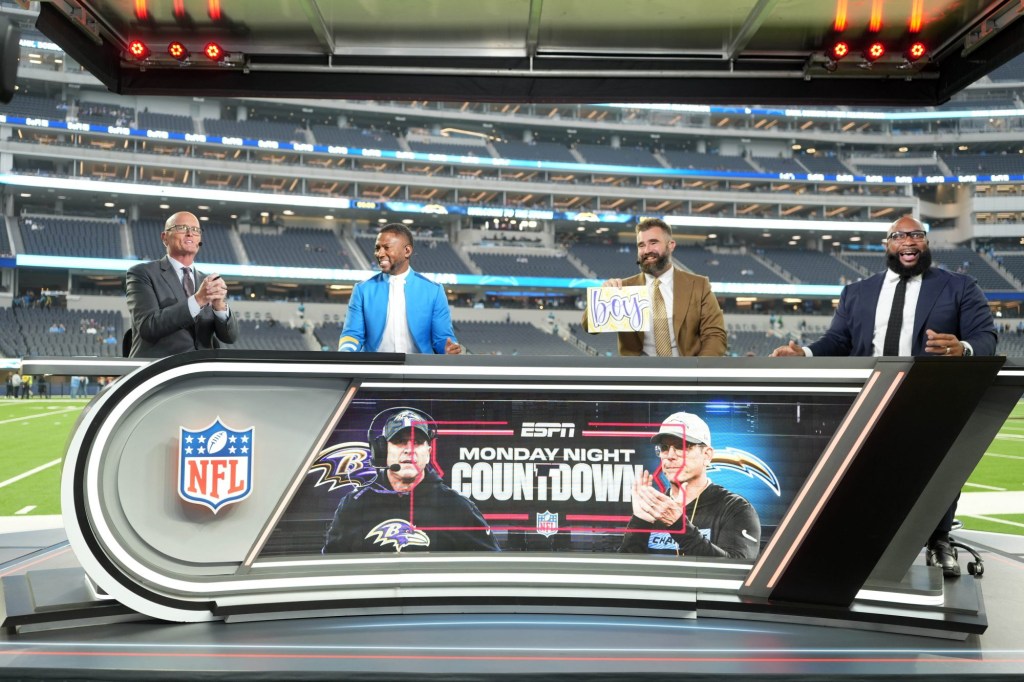
*Centerfold Agency is a proud partner of Front Office Sports.
Fan interaction with brands and teams in 2018 is largely different than it had been in previous years, thanks to the mad rush of social media and technology innovation.
Sports teams are creating more and more engaging digital content on multiple platforms, and their hungry consumers are, in turn, interacting at a higher level — especially when attending games and events.
“Fans typically attend events for the live entertainment,” said Tim Rebich, principal at Centerfold Agency, which specializes in developing brands, creating brand experiences, and increasing fans’ experiences at venues. “But nowadays, the fan is looking for more than just that when they visit a venue for a specific event.”
Centerfold Agency has become an expert in the branding forum, as it has played a large role in rebranding the Jay Bilas Basketball Skills Camp and Steve Smith’s image transformation from NFL star to philanthropist.
For a fan to have a good experience at any venue, no matter the sport, they must feel truly immersed in the event, whether it comes from the direct source of entertainment or the surrounding amenities. Although Centerfold believes fan experiences must be inclusive to everyone, they must also maintain a unique and personal connection.
“That personal connection allows the fan to feel more immersed in the brand,” Rebich said, “because they feel like they’re experiencing something unique that can’t be found at another venue.”
[mc4wp_form id=”8260″]
For example, the many passionate sports fan bases around the world boastfully chant for their team, wave their team-specific flags and have flares in the stands — all of which creates a wildly memorable experience.
In the real world, these experiences are brought to life.
For example, Coca-Cola grabs a hold of digital technology and bolsters in-stadium fan experiences as a league sponsor of Major League Baseball. The soft-drink brand has provided more than a refreshing service to stadiums, such as AR/VR capabilities and increased technological activations at stadiums such as Nationals Park.
According to Marketing Dive, teams are changing ways to sell their inventory, and in these ways, they are building their brands. Environments like these provide complete exclusivity to the physical experience, whereas watching online or streaming a match has a vastly different vantage point of the same event.
However, trends and the definitions of the total fan experience are rapidly changing.
To some, the fan experience stems from attending an event, cheering and enjoying the concessions. Now, fans can simply relax and enjoy hours of strategically entertaining content on Instagram and Twitter.
For Centerfold, its fan experience carousel pits the company with collegiate athletic programs in bringing alive the story of the program’s history and recent successes to reposition its brand’s future in the eyes of the fan.
“Fans now have a more engaged, direct relationship with brands due to technology and the desire to be connected with that brand — whether you are in the stadium or at home watching from your couch,” Rebich said.
It seems simply attending an event is not good enough anymore. The live event is the prime focus for every fan, and Centerfold knows that, but there is much more that lies beyond the event whether it be in-venue, out-of-venue, or digitally.
“Brands should think holistically about the fan experience,” Rebich said. “They must stay engaged with their fans at all times because fans have the ability to engage with the brand from wherever they are.”
The simplest and proven most effective approach is, of course, through technology and social media.
“Technology and social media have allowed brands to stay connected with their fans nearly 24/7,” Rebich said. “So, if brands aren’t capitalizing on that, then they’re missing out on the opportunity to provide an improved fan experience beyond the confines of the event or venue.”
[mc4wp_form id=”8260″]
Teams have a dire need to keep fans engaged throughout the year as well. The tidbits and hype videos in the offseason can spark just enough flame to get the conversation going, and proves loyalty. In fact, social media, according to experts, may have been a cause to the 7.5 percent decrease in NFL viewership over the first six weeks in 2017.
“Brands can connect with their fans in a multitude of ways, and that connection needs to happen year ‘round to maintain a positive relationship between the brand and the fan,” Rebich said.
With all the important engagements at an event and within social media, teams must understand that emotional responses are the end-all, be-all for fans equally live and on the screen.
*Centerfold Agency is a proud partner of Front Office Sports.

